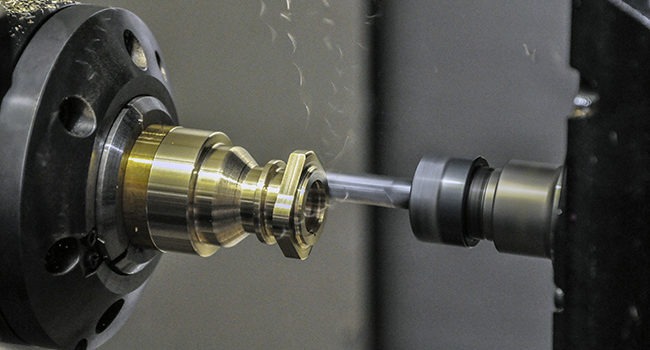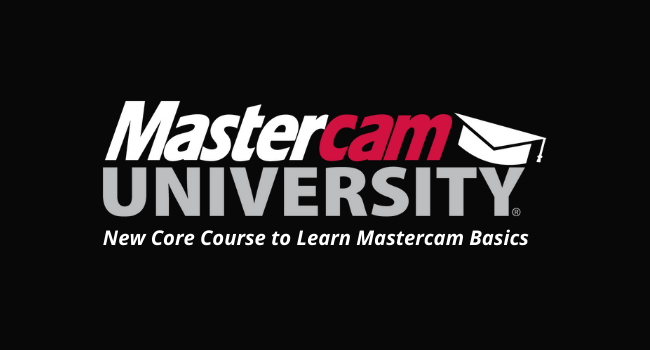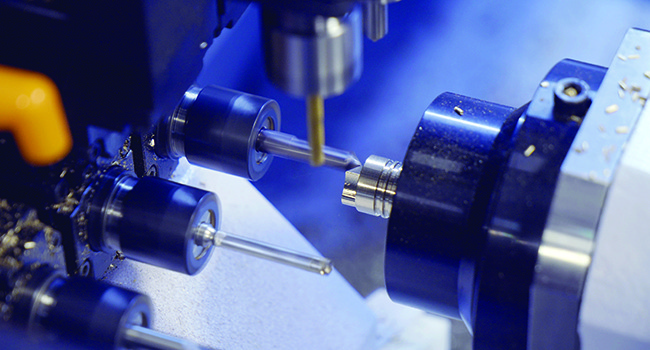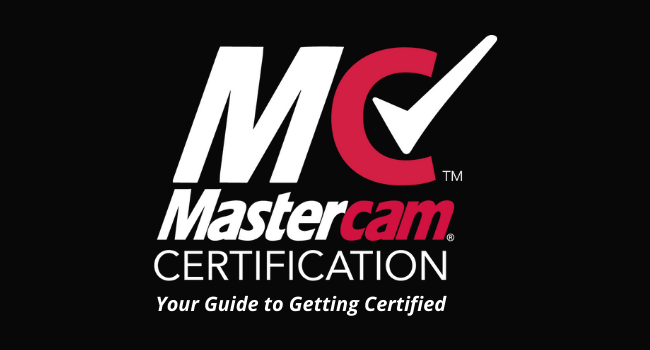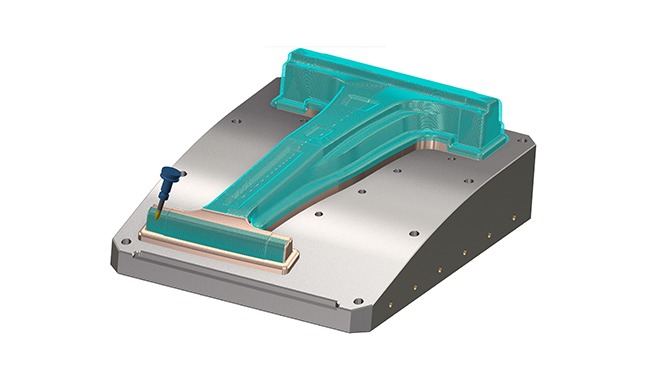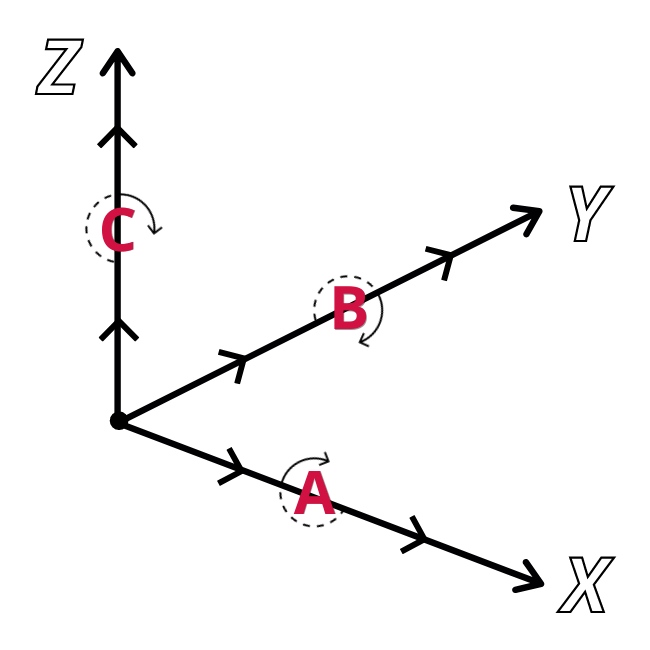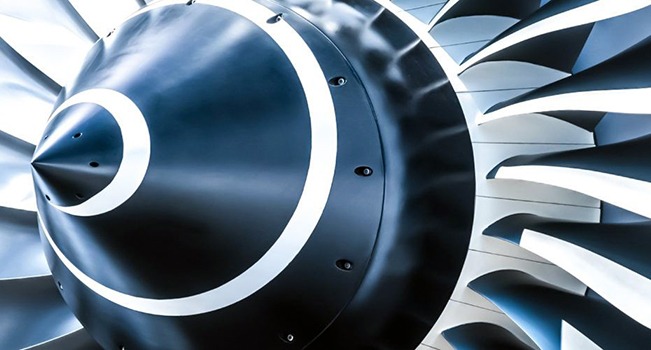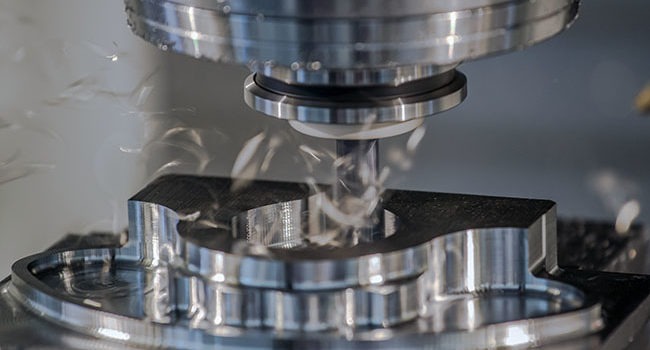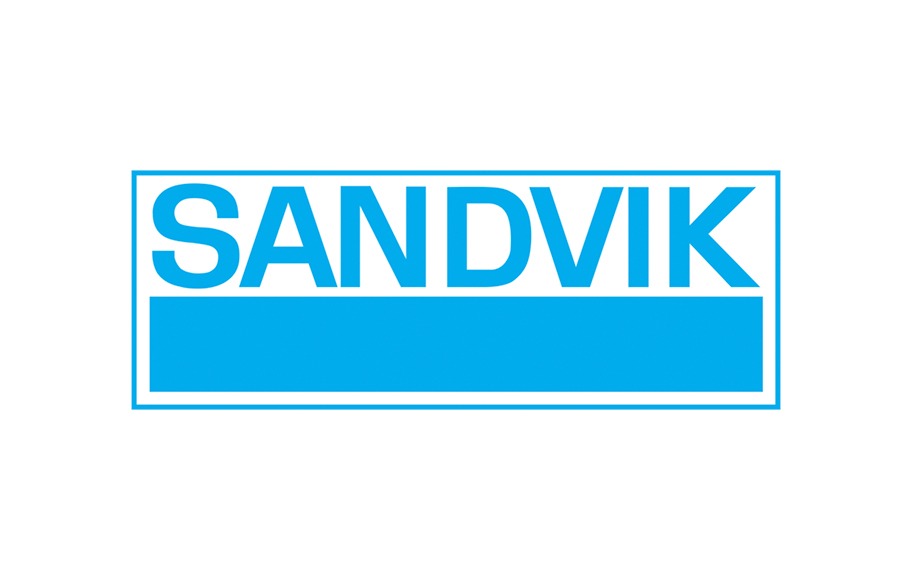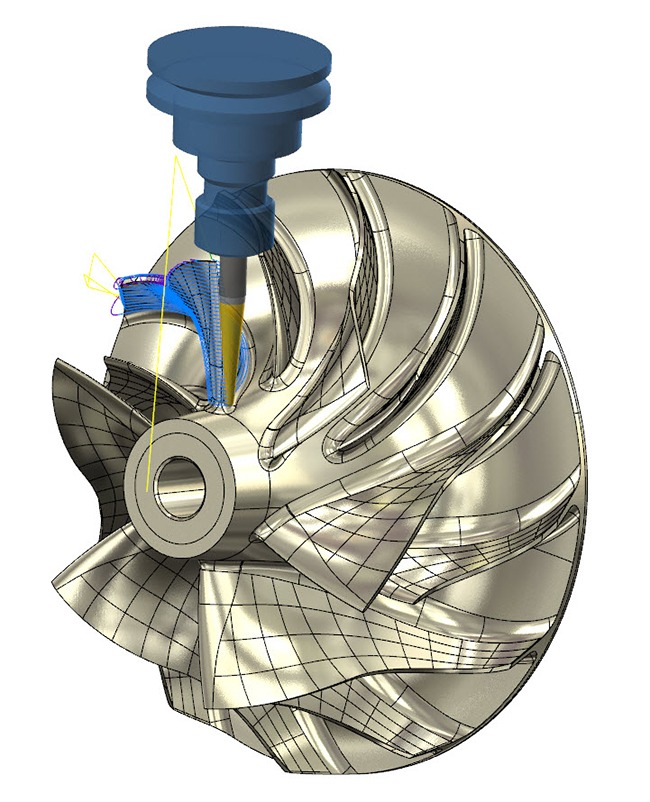Blog Archives
Milling, Turning, and Mill-Turn: What are the Differences?
Choosing which kind of CNC machining to use — mill, lathe, or mill-turn — can be overwhelming. All three techniques are forms of subtractive manufacturing; they cut material away rather than add material on, unlike additive processes like 3D printing. But what sets them apart from each other?...
How to Download CAD/CAM Software for Free
CAD/CAM software is a tool used to manufacture parts small enough to perform delicate surgeries to parts so large they need to be moved with a crane. The CAD portion – or Computer-Aided Design – allows users to reverse engineer parts from physical samples, virtually modify existing parts, and...
Mastercam Training: New Core Course to Learn Mastercam Basics
Mastercam University ;is a virtual training portal that offers 24/7 access to self-paced Mastercam classes. It puts the power to expand one’s software knowledge directly in its students’ hands. Students can choose their classes according to what they’d like to learn, like 2D hole operations,...
7 System Requirements for the Best CAD/CAM Performance
Error messages and lagging software are the last things any programmer wants to be dealing with when creating new parts. Unfortunately, this is exactly what can happen if a program’s system requirements are ignored. CAD/CAM hardware requirements are the set of hardware and software specifications...
What is Swiss Machining?
Swiss machining is similar to conventional turning on a lathe, but the difference lies in how the stock material is moved and supported. A standard lathe with a fixed headstock is designed only to spin the stock material; aside from its rotation, the material is held perfectly still in its collet....
Mastercam Certification: Here’s How You Can Get Mastercam Certified
The world of manufacturing is constantly evolving and expanding. What better way to stand out in the competitive field than having an official document attesting to your level of knowledge with the world’s most widely used CAM software?...
Automotive CNC Machining: What You Need to Know
It’s been almost 150 years since the first gas engine automobiles drove down the street, and in that time, the ;automotive industry ;has made incredible leaps. Just as the automotive industry was perfecting self-driving vehicles and discovering new, high-tech materials, though, it was stopped in...
What are the Axes in 5-Axis Machining?
Five-axis machining is taking the machining world by storm, and for good reason. This type of manufacturing, in which computer numerical control is used to move cutting parts or tools along five different axes simultaneously, unlocks incredible potential for any shop. ;Five-axis machining ;reduces...
CNC Machining for the Aerospace Industry: What You Need to Know
The aerospace industry encompasses not only all things aviation and flight, but also aircraft operations in space, and it services the private, commercial, and government defense sectors. In 2019 alone, the industry contributed over $900 billion to the U.S. economy and employed over 2 million...
What is CAM for Milling?
CAM for milling is one of the most commonly used techniques in the manufacturing world for producing parts to extremely precise shapes and sizes, because it combines two powerful tools: milling and CAM software. Milling is a type of subtractive machining process, meaning that it removes material...
Sandvik to acquire leading CAM software company CNC Software Inc., creators of Mastercam
Sandvik has signed an agreement to acquire US-based CNC Software Inc., a leading provider of CAD/CAM software solutions for manufacturing industries and the company behind Mastercam, the most widely used Computer Aided Manufacturing (CAM) brand in the industry....
CAD vs. CAM: What Are the Differences?
When someone mentions ;CAD programming, odds are they will also bring up CAM programming in the same conversation. Some people even erroneously use the two terms interchangeably. If the two software systems are so intertwined, where is the line between the two drawn? The answer lies in the stage of...
Newsletter Subscription
By submitting this form, you are consenting to receive marketing emails from: You can revoke your consent to receive emails at any time by using the SafeUnsubscribe® link, found at the bottom of every email. Emails are serviced by Constant Contact.
